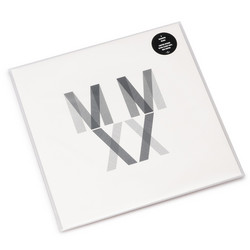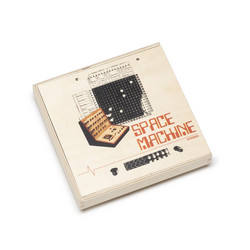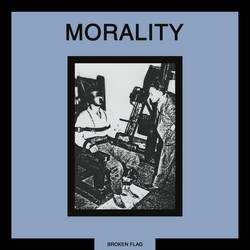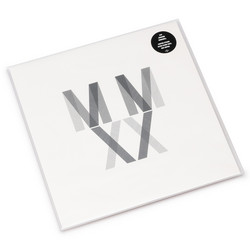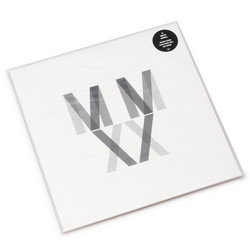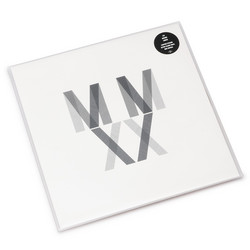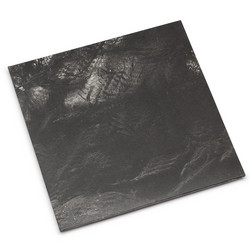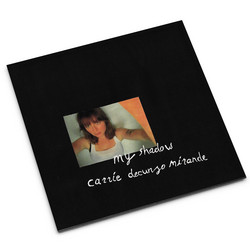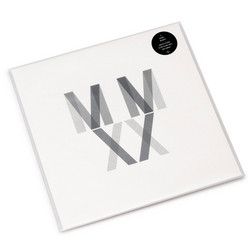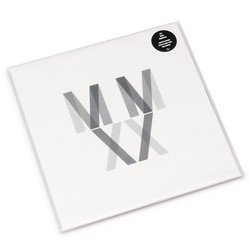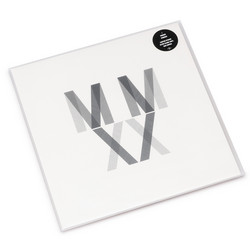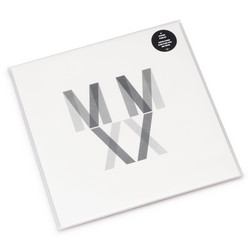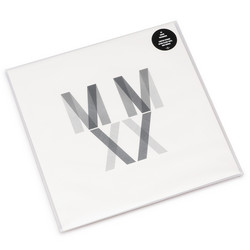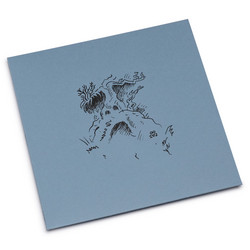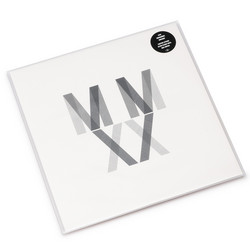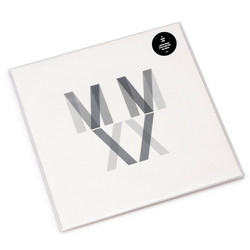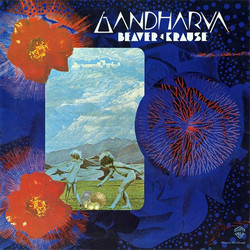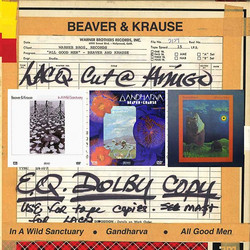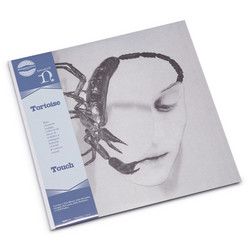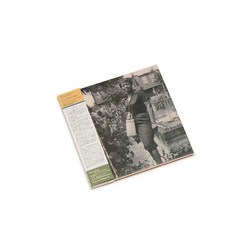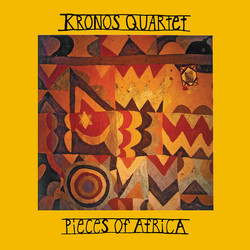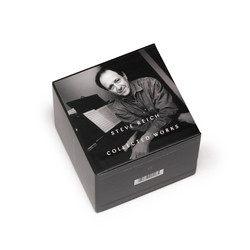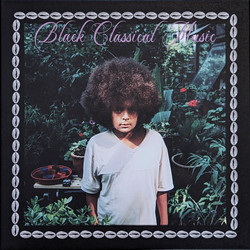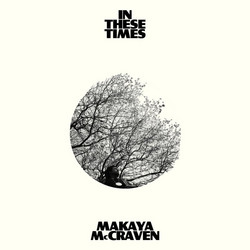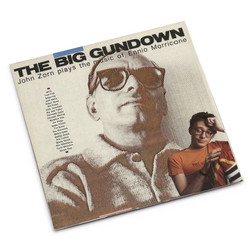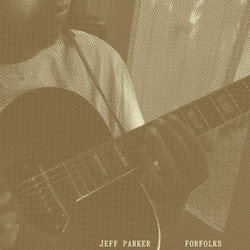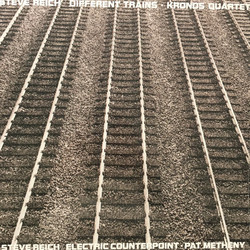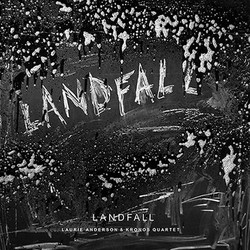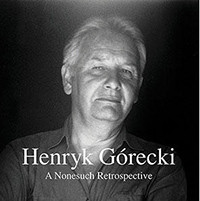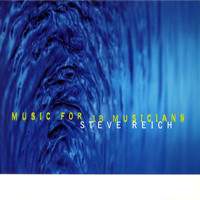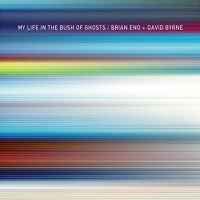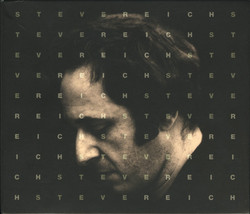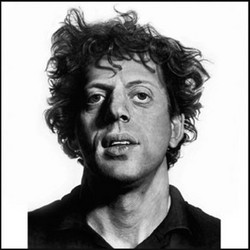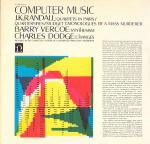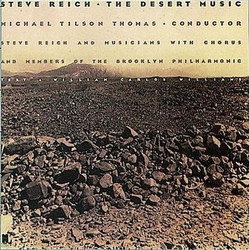Beaver & Krause
The Nonesuch Guide To Electronic Music
Long out of print, this is the 'legendary' original box: "A "Guide to Electronic Music" might be many things. This one, though perhaps useful, is hardly the "comprehensive survey of electronic music and its creation" promised in the notes on the back of the box. The four sides, averaging twelve minutes' playing-time each, offer several dozen samples of electronically produced sounds, and a three-minute piece (given twice). The score of the latter is included among the notes along with an account of how the basic repertoire of sounds is generated, a glossary of terms, a bibliography and some sketchy suggestions about notation.
None of this constitutes an introduction to electronic-music theory, any more than a paintbox constitutes an introduction to the theory of painting, even if the box contains chemical analyses of the paints. And this album is less a paintbox than a chart of colour-samples—indeed, the notes seem to envisage composers sending off their scores, marked with the appropriate symbols as in painting-by-numbers, to be realized (developed? processed?) by technicians. The sounds so carefully set out and labelled here are conceived chiefly as extensions of the colour-range of traditional instruments, to be deployed in pretty much the same ways. (The one composition included is direly banal.) If the potentialities of electronic sound invite new kinds of musical organization, we are given no clue to what they might be. Nor is there any hint that an electronically-produced equivalent of a melodic phrase played by a musician is liable to sound comparatively flat and under-characterized. When you leave behind the technical limits of an instrument, you also jettison what the instrumentalist can give you—an intensively rich, if circumscribed, range of attack, phrasing and rubato—and must either recreate it from scratch or make a different kind of music. There are no examples of musique concrete here, next to nothing about treatment of acoustics, very little about combining different sounds (and what else is composition?). On the other hand, you can learn the difference between frequency modulation and amplitude modulation, and to distinguish sine, sawtooth and rectangular waveforms. I suppose that's something. " Gramophone magazine
None of this constitutes an introduction to electronic-music theory, any more than a paintbox constitutes an introduction to the theory of painting, even if the box contains chemical analyses of the paints. And this album is less a paintbox than a chart of colour-samples—indeed, the notes seem to envisage composers sending off their scores, marked with the appropriate symbols as in painting-by-numbers, to be realized (developed? processed?) by technicians. The sounds so carefully set out and labelled here are conceived chiefly as extensions of the colour-range of traditional instruments, to be deployed in pretty much the same ways. (The one composition included is direly banal.) If the potentialities of electronic sound invite new kinds of musical organization, we are given no clue to what they might be. Nor is there any hint that an electronically-produced equivalent of a melodic phrase played by a musician is liable to sound comparatively flat and under-characterized. When you leave behind the technical limits of an instrument, you also jettison what the instrumentalist can give you—an intensively rich, if circumscribed, range of attack, phrasing and rubato—and must either recreate it from scratch or make a different kind of music. There are no examples of musique concrete here, next to nothing about treatment of acoustics, very little about combining different sounds (and what else is composition?). On the other hand, you can learn the difference between frequency modulation and amplitude modulation, and to distinguish sine, sawtooth and rectangular waveforms. I suppose that's something. " Gramophone magazine
Details
Cat. number: HC-73018
Year: 1968
Notes:
Introduction to and survey of electronic music. All work realised on the Moog Series III Synthesiser. Excluding A1 and D3, each section is broken down into various examples. It comes with a 16 page book.wich includes the musical score of the A1 track : Peace Three
